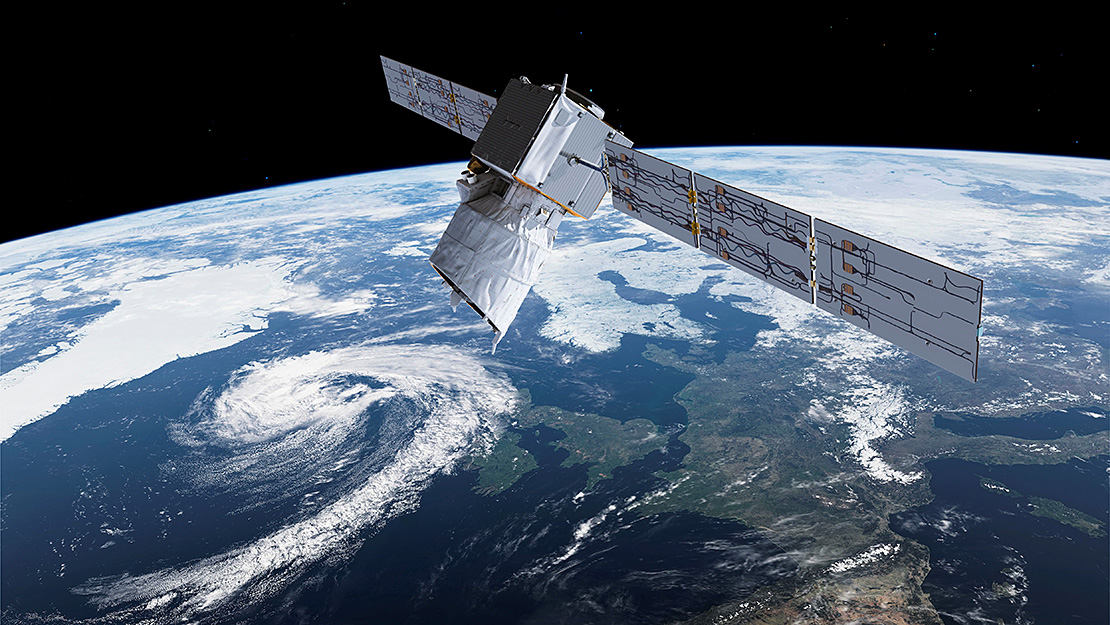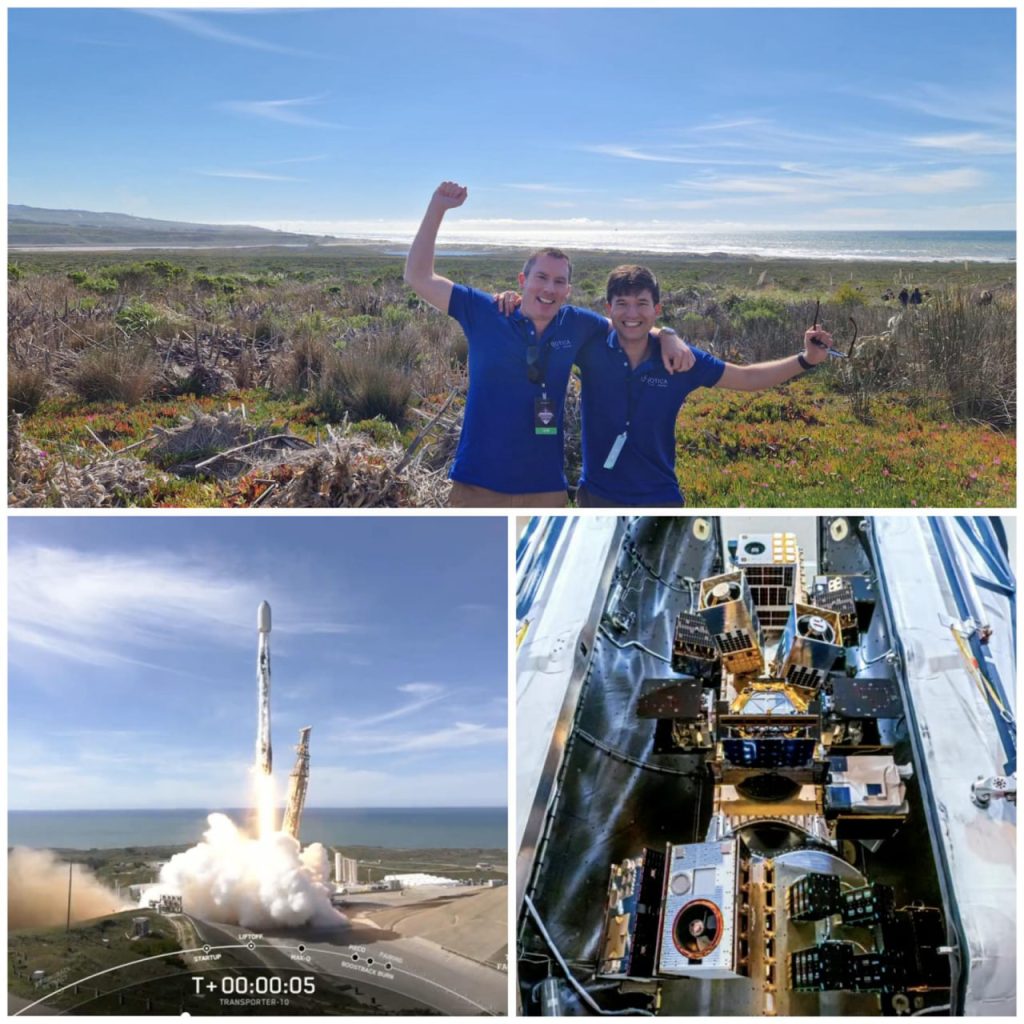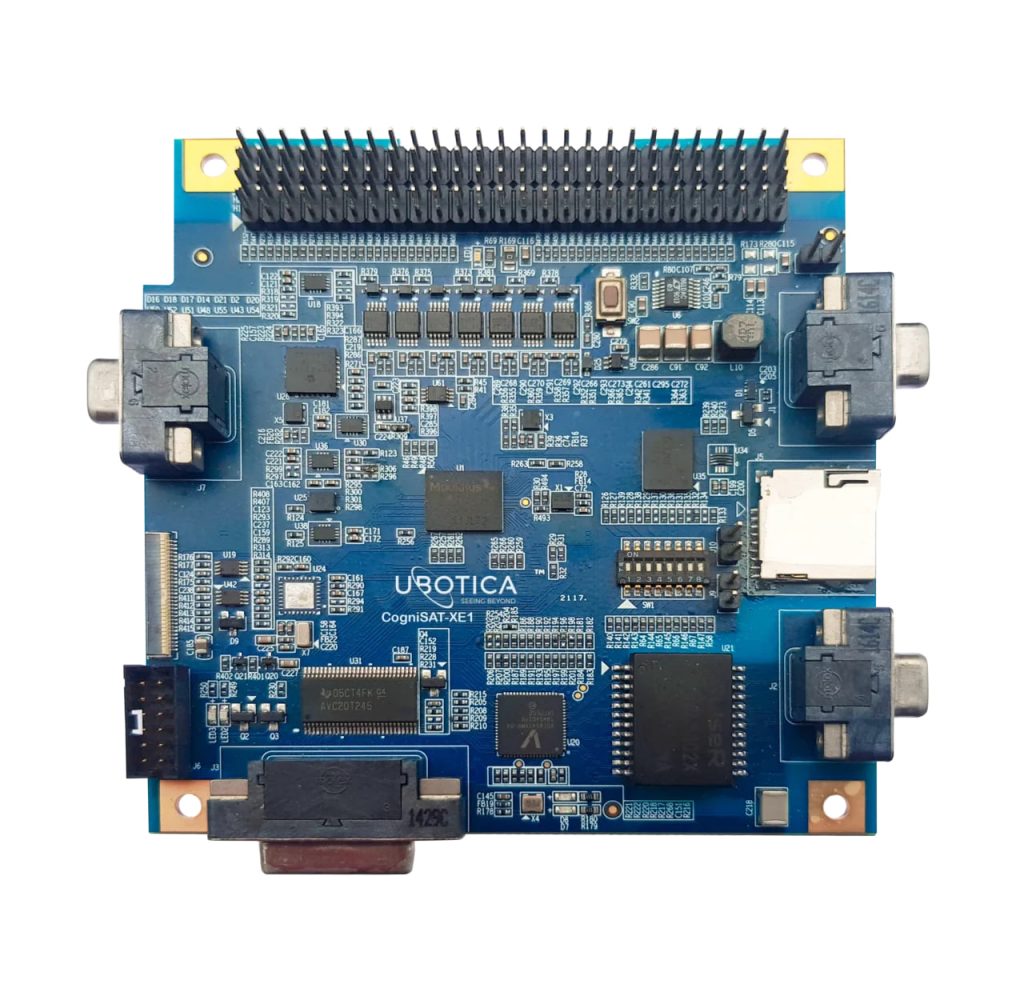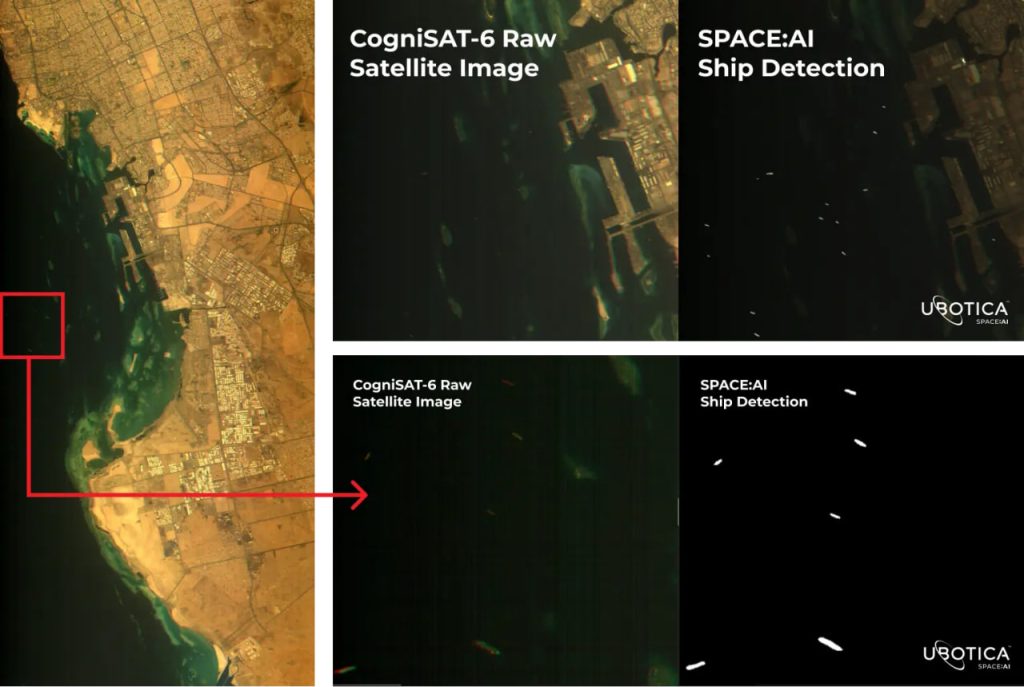CogniSAT-6: AI on Board a Satellite Will Revolutionize Earth Observation
19th Jun 2024
Ubotica, in collaboration with Open Cosmos, initiated the CogniSAT-6 mission, aiming to integrate onboard Artificial Intelligence (AI), real-time communication, and new observing strategies.
Earth Observation space systems, including a network of satellites, are vital for managing Earth’s resources and foreseeing potential hazards. They provide essential data that supports a wide range of scientific, commercial, and governmental activities.
For now, Earth Observation satellites are simply data collectors. They gather data and pass it to a ground station on Earth. However, the space industry is developing rapidly, and it’s time for Earth Observation space systems to operate more efficiently and autonomously. And with modern technologies it is possible. AI can be deployed on spacecraft to increase the efficiency of Earth observation.

How Does It Work?
This year, on 4th March, the CogniSAT-6 mission was successfully launched onboard SpaceX’s Transporter 10. The spacecraft carries the CogniSATXE2 Artificial Intelligence (AI) and computer vision edge computing processor from Ubotica. By incorporating these technologies, the spacecraft can interpret data at the edge, enabling autonomous decisions, collaborative and dynamic operations, and the delivery of information within minutes to an end user.

Main Features:
- Delivering real-time information. Previously, the processing of information could take hours or days between image capture and delivery to the ground (depending on the number and location of ground stations). This real-time information delivery may be crucial in some emergency cases.
- Automated decision-making onboard spacecraft without the need for intervention from ground operators. The satellite will analyze the received information and provide needed actions based on what it ”sees” (for example: take more pictures, move to another place or remove clouds from the image)
- Direct communication between an end-user device (such as a mobile phone) and the spacecraft. In other words, a user on the ground will receive alerts from the satellite in the application and will be able to send a message or command back.

Latest Example: Ship Detection
CogniSAT-6 captured pictures of the port and ocean near Jeddah, Saudi Arabia. It was tasked to identify all ships in the area. Within 90 seconds, AI detected every vessel within a 20×40-kilometre area. This remarkable achievement demonstrates the efficiency of using AI.
Partners Of The Project
Ubotica has several significant partners in this mission. Open Cosmos designed and built the satellite, named Hammer (Hyperspectral AI for Marine Monitoring and Emergency Response).
Another key partner in this mission is the UK Catapult, which is funding the imaging technology onboard the satellite, which is a hyperspectral sensor. These sensors are unique in their ability to detect chemical compositions that are not visible to the human eye, such as soil moisture.
SpaceX was also involved in the launch, as the CogniSAT-6 mission was launched onboard SpaceX’s Transporter 10.
Using AI onboard Earth observation satellites can significantly benefit humanity by enhancing the management of our environment, security, and economies.
“We believe that it is a big step forward in terms of realising the massive potential of Earth observation which, until now, has been disjointed and difficult to manage. Now, with our real-time capabilities and powerful imaging technology, we can get truly customised services through to end users to help them solve their problems on the ground quickly and effectively.” – Fintan Buckley, CEO at Ubotica, said.
![[Updated] SpaceX Falcon 9 Rocket Successfully Launched Astra 1P Mission [Updated] SpaceX Falcon 9 Rocket Successfully Launched Astra 1P Mission](https://orbitaltoday.com/wp-content/uploads/2024/06/Astra-1P-satelliteto-launch-300x200.jpg)





Thank you for your comment! It will be visible on the site after moderation.